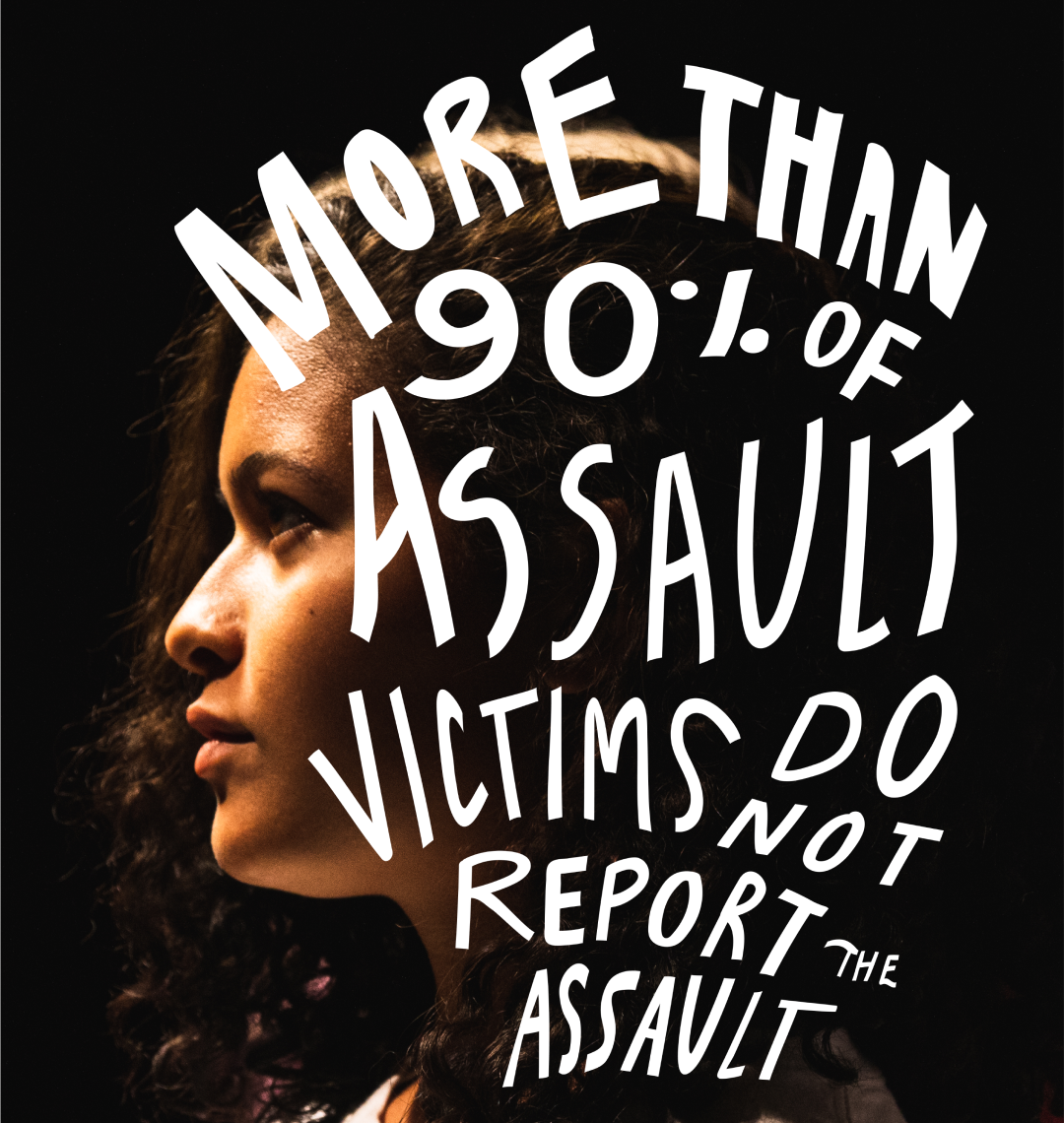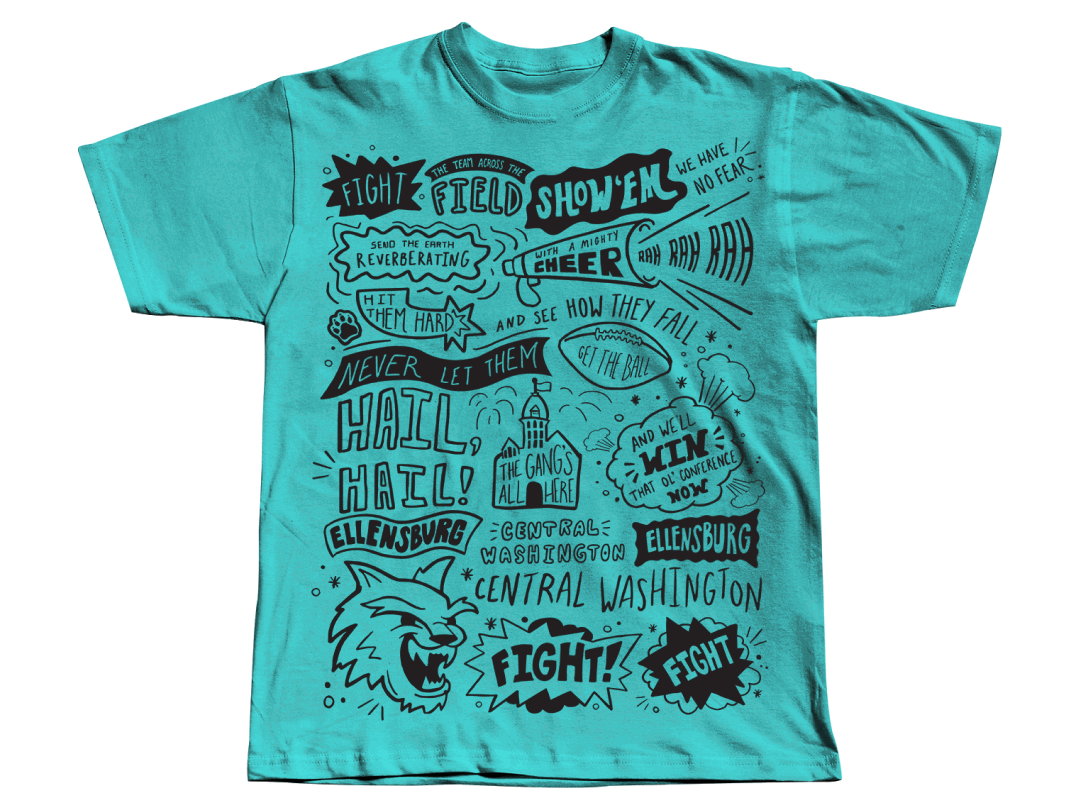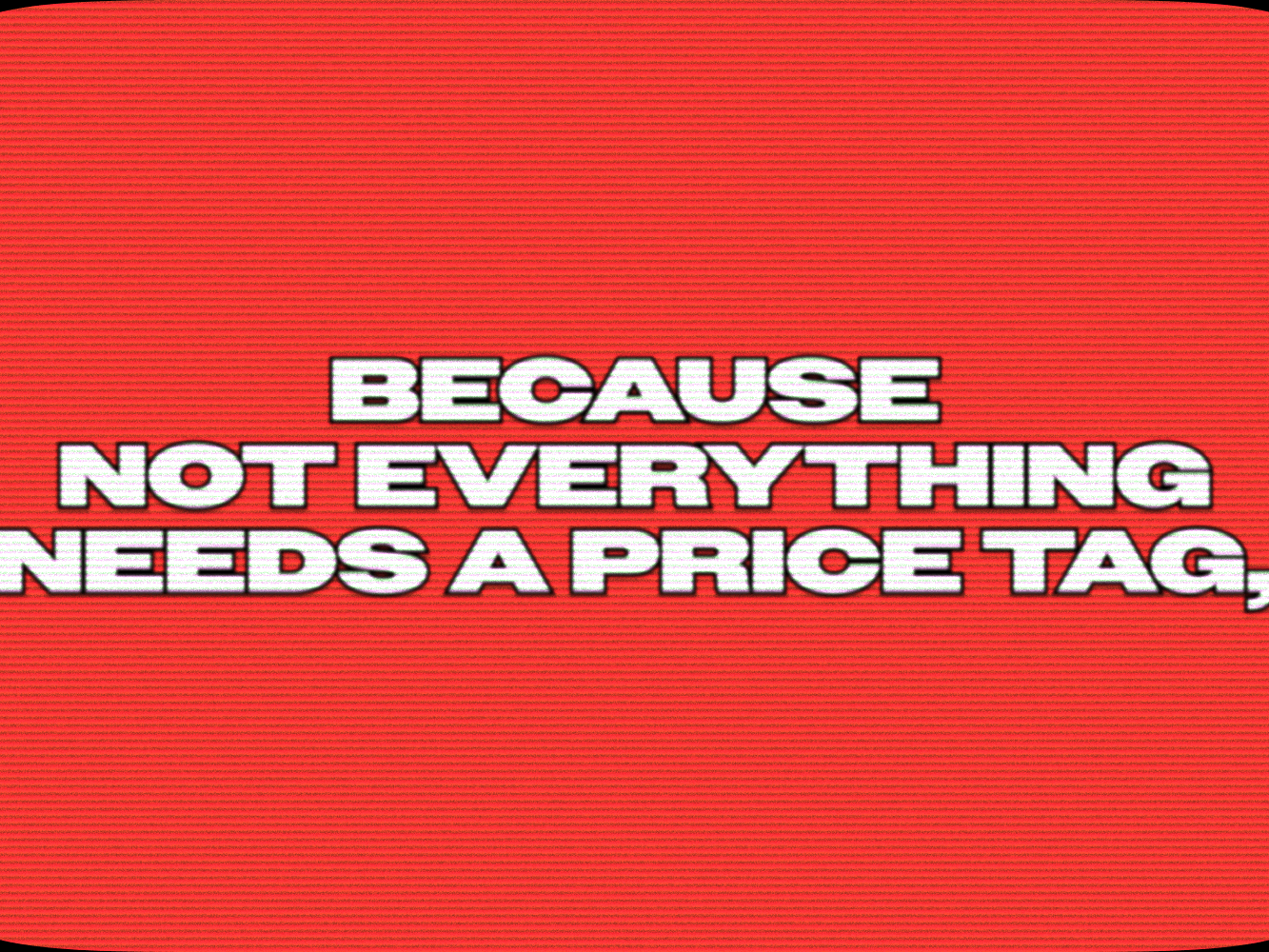Pulse Magazine is a student lifestyle publication covering culture, creativity, and campus life. I contributed selected spreads and illustrations across multiple issues—each one offering a chance to explore layout, typography, and storytelling in print.
My role focused on designing individual features and sections that aligned with the tone of each article. These pieces reflect my love of editorial design and my interest in using layout, color, and hierarchy to shape how stories are experienced on the page.
The Filtered Face
This feature spread explores the psychological impact of beauty filters and digital editing on self-image in the age of social media. Highlighting how editing tools like FaceTune can dramatically alter facial features in under 15 minutes, the article examines how routine exposure to altered images reshapes users’ perceptions of beauty and self-worth. From the normalization of Eurocentric standards to the rise of body dysmorphic disorder among teens, the spread calls attention to the often-overlooked consequences of constantly curating one’s face to fit algorithmic ideals.
Editorial spread for The Filtered Face, a feature on how filter apps like FaceTune distort beauty standards. Designed with layered transparencies and manipulated portraits to echo the emotional and visual distortion young people navigate online.
The design concept mirrors the distortion and duality created by filters—using overlapping transparencies, color gradients, and manipulated portraits to visually echo the article’s themes of digital perfection versus lived reality. Layout and visual pacing were crafted to balance emotional resonance with clarity, supporting a narrative that questions how editing tools shape modern identity.
Redefining Rape
Opening image from the “Redefining Rape” photo-illustration series for PULSE magazine. Designed to challenge harmful myths around sexual assault, this collaboration with a photographer and creative director features hand-lettered statistics painted directly onto the body—merging data and design to amplify urgency and truth.
This photo-illustration series was created for a feature titled Redefining Rape, which aimed to confront misconceptions about sexual assault through striking visual storytelling. Developed in collaboration with a photographer and creative director, the project used hand-lettered statistics painted directly onto the body to amplify the article’s urgent message.
The series was a nominee for the Society of Professional Journalists’ “Mark of Excellence” Awards and contributed to the issue winning Best Feature Magazine at the 2019 ACP Conference in La Jolla, CA.


The Bechdel Test
Originally introduced by cartoonist Alison Bechdel, the Bechdel Test is a three-part measure of female representation in film: a movie must feature at least two named women who talk to each other about something other than a man.
This editorial illustration examined the cultural relevance and limitations of the test through student perspectives and film critiques. The layout used a warm, illustrative style and editorial hierarchy to draw readers in, while the character-driven visual concept reinforces the article’s conversational tone and makes the topic approachable for a campus audience.











